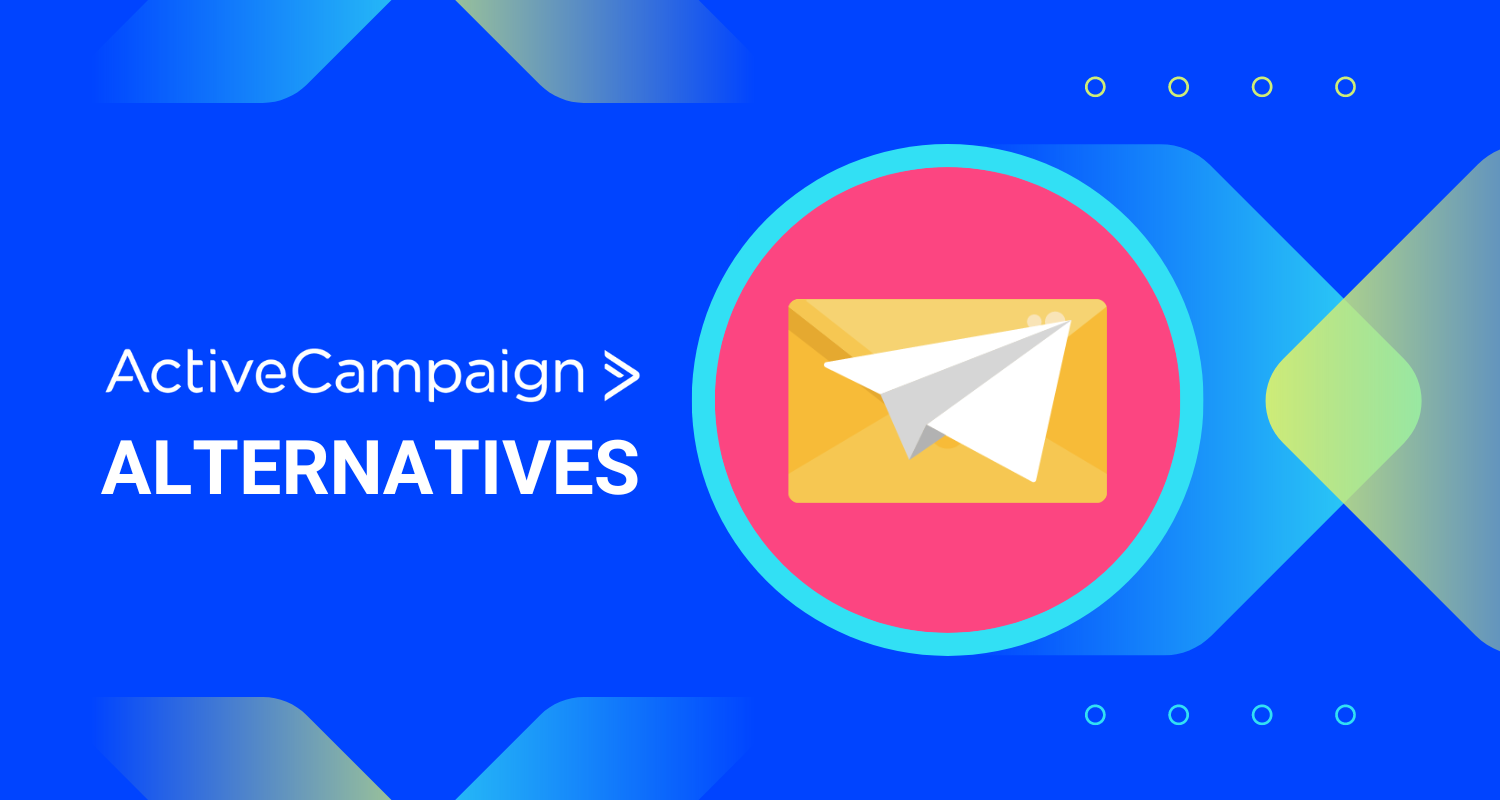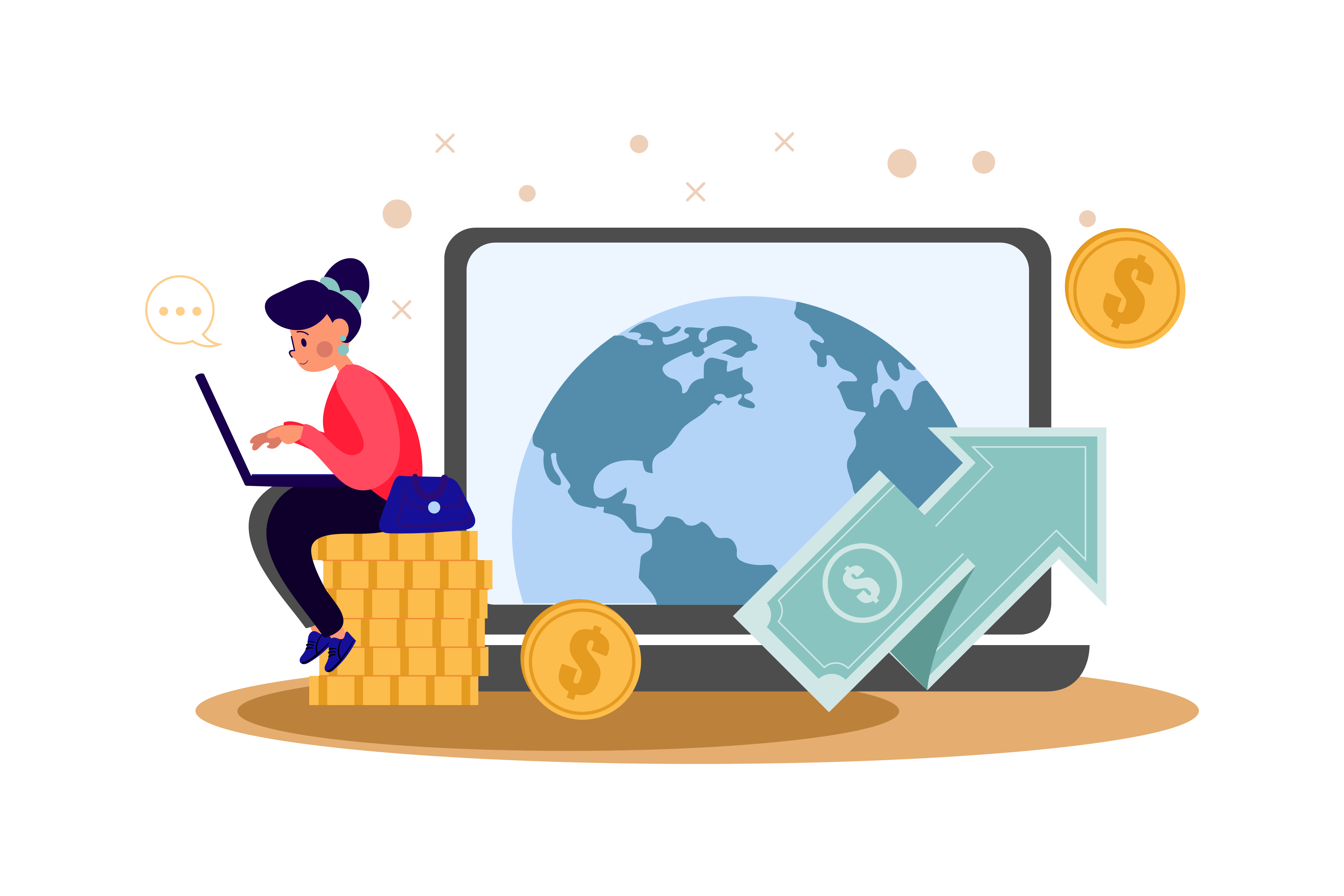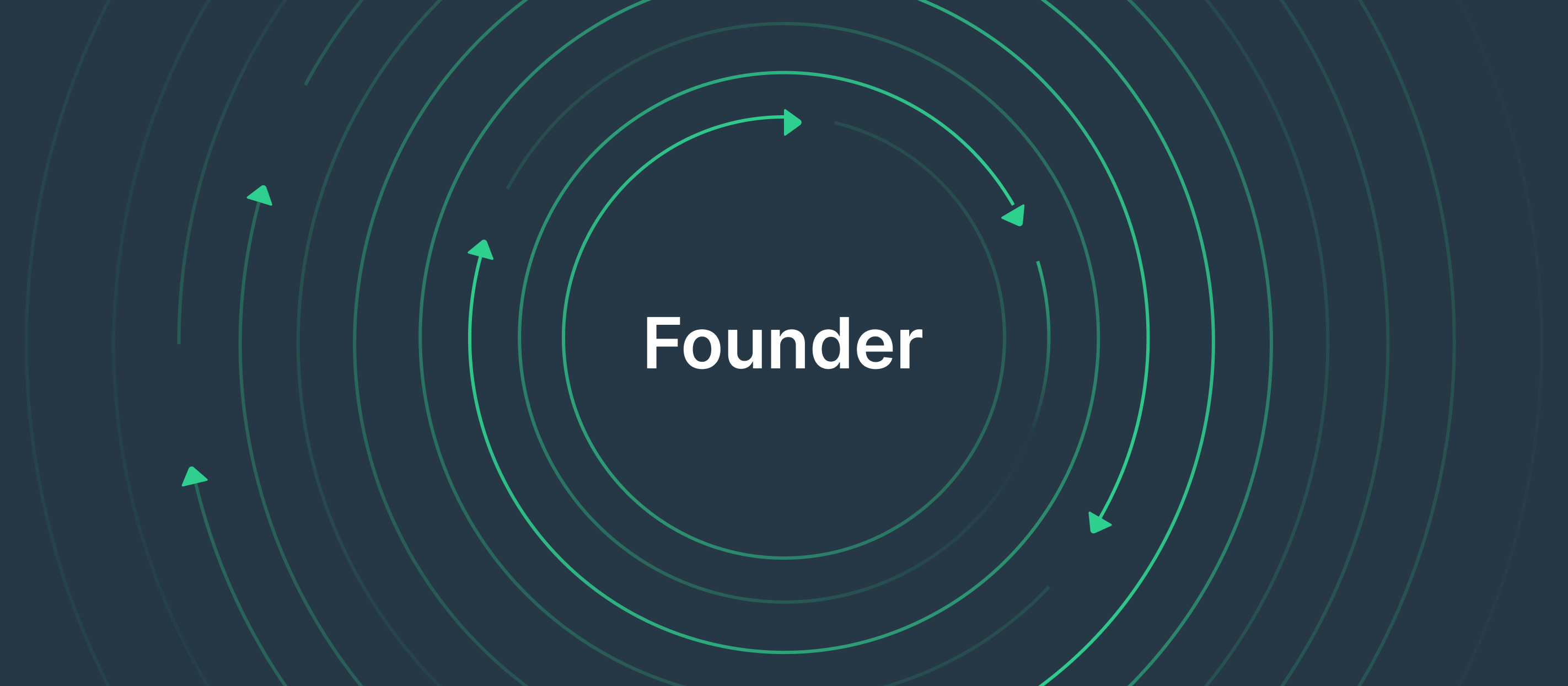
First up – congratulations!
You’ve shipped your project, and it’s out there in the world. People can sign up, use it, PAY you. But are they?
It happens to the best of us. You get that initial wave of joy after shipping your product, and then…well, what next?
Make sure to take a bit of time to celebrate and pat yourself on the back for all the hard work. Then grab a cup of coffee, and let’s get to it.
Make your project a business.
Build it and they will come just isn’t true anymore. You have to get out there with your product and market it, sell it, grow it.
But how?
“I built it, and then I thought: ‘I should probably do some marketing or something!'”
But what is all that ‘marketing or something’? How do you take your SaaS project and turn it into a revenue stream?
In this post and the rest of our series on going from SaaS Builder to SaaS Founder, we will help you take your code from side project to viable, income-generating, freedom-creating SaaS business.
What would it take to go all-in?
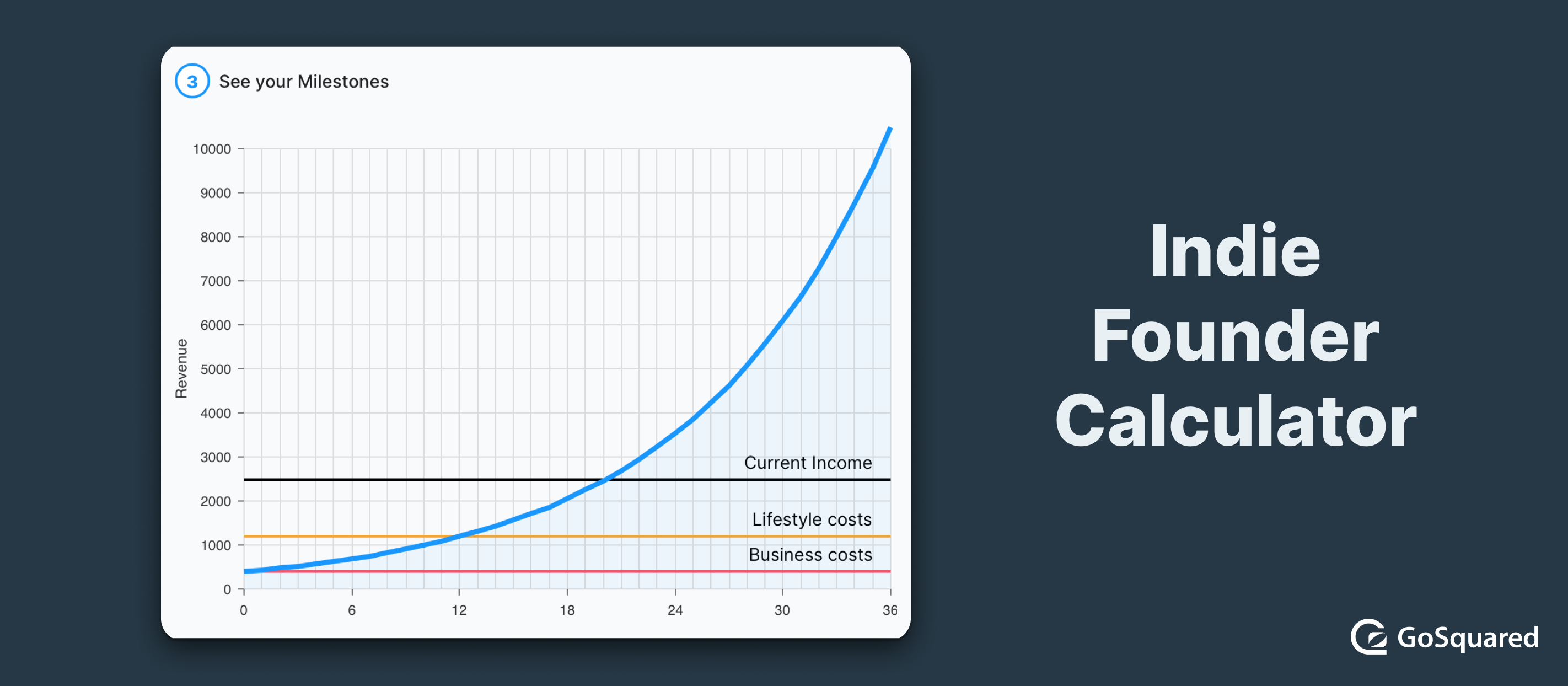
If you’ve not used our Builder > Founder calculator yet, you should.
It does all the calculations for you, but we can talk through the maths here too.
First, you need your minimum goal. You can think of this as your first milestone on a longer journey or as the endpoint you want to reach.
What your goals are and how big you want to think is entirely up to you. What’s important is that you are clear on what you want. Without a clear direction, you can’t get a tight focus on the work you need to do, and without focus – well, we’ll go into that later. But it’s not pretty.
Our calculator shows you how long it will take your to replace your salary with revenue from your new SaaS business, how long it will take you to reach 10K MRR, and – the big one – how long it would take you to earn more than you ever have before.
Note: Knowing where you want to go and focusing on the most important work is not the same as avoiding ‘failure’ and not trying new things. This is really important, and in fact, in the hundreds of hours I’ve spent talking to SaaS founders testing, iterating, taking a Scientific Wild Ass Guess, and getting on with it are the characteristics that get the successful founders to where they are.
Back to focus
Now you know where you’re going; you need to figure out how to get there. The most powerful thing you can learn is to focus.
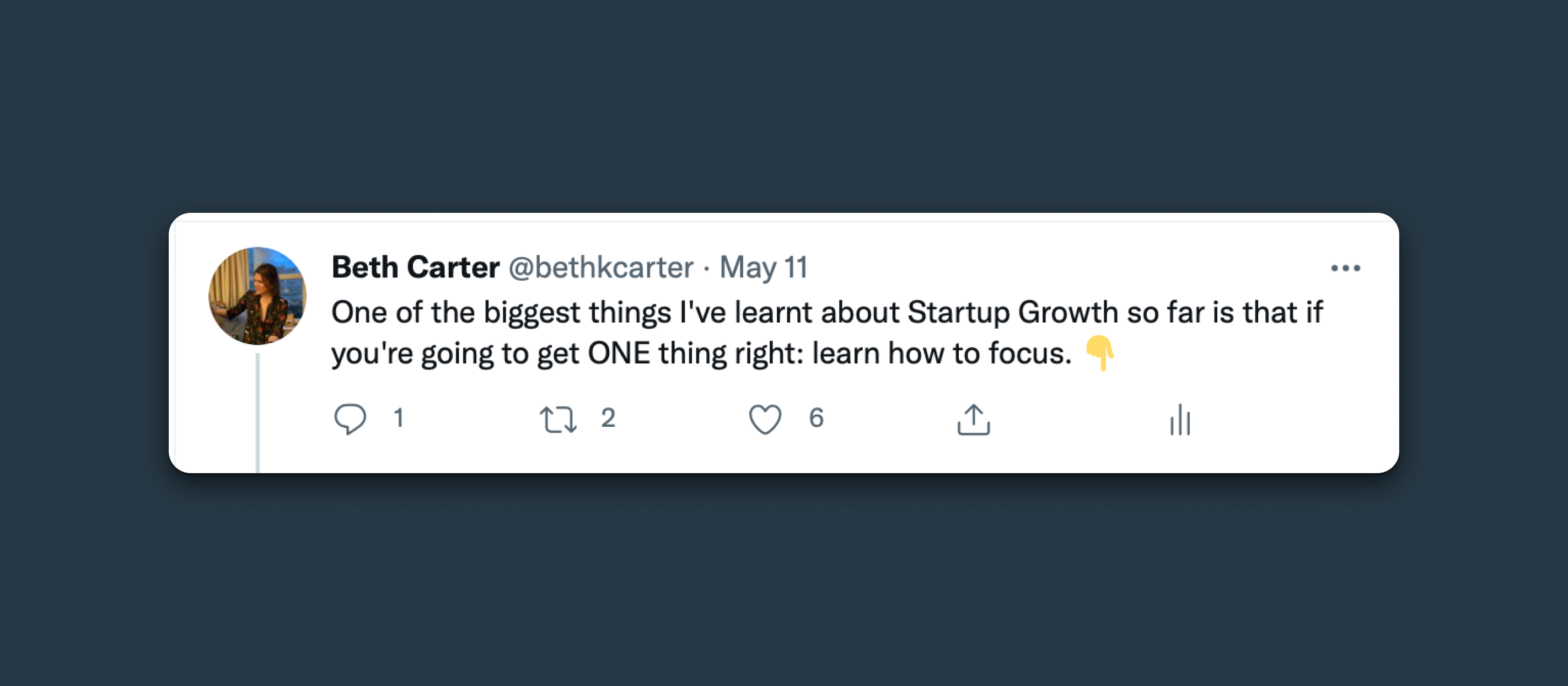
Focus comes partly from self-discipline, partly from motivation (knowing where you’re going), and partly from being confident that you know which work to do.
For the first part, self-discipline, there are plenty of other places on the internet that can help you. All I’ll say is that self-discipline is easier to maintain when you get the other two parts right.
We’ve spoken about knowing where you’re going in the section above. Add to this in whatever way works for you. If you’re a visual person – get going with a Pinterest board. If you need accountability – tell a friend what you’re up to, or start building in public.
So that leaves…
What work should I be doing?
Figuring out which work you should be doing has two main parts to it. Neither is particularly easy, and both are helped by getting heads together – so if you have someone to call upon, now is the time to pull them in.
If no one springs to mind, well, that’s the brilliant thing about being a builder and founder – there’s a community. Get yourself on Indie Hackers, join one of the many many SaaS forums and remember to give, as well as ask for, advice.
Note: You can also apply to join our own community of some of the best SaaS builders and founders out there. We keep it small and review applications on a regular basis. You can apply here.
The two parts to figuring out which work you should be doing are:
- Understanding which area of your business needs your attention.
- Knowing which work will have the biggest impact.
So, let’s take a deeper look.
Which part of your business needs your attention?
I’ve lured you in with this title to talk to you about…metrics. But don’t leave too quickly. I used to feel intimated by metrics until we went on the Startup Core Strengths Course and learned to understand our data without it becoming overwhelming.
We’re going to break down the meaty topic of metrics into three simplified parts: your North Star Metric, your Key Drivers, and your Nuance Metrics. There’s a fourth, and very very important metric in here, though: your Bottleneck Metric. But let’s start at the top.
Your North Star Metric.
Lots of people have written brilliant posts about finding your North Star metric. So I’ll keep it brief here.
Your North Star Metric shouldn’t be revenue.
Revenue is what comes when you deliver value to your customers. You can’t shortcut that. You want your NSM to be as close as possible to measuring the value you bring to your customers.
For Facebook, this is Daily Active Users. For many B2B SaaS products, it’s Weekly Active Users or Weekly Active Teams. For us at GoSquared, it’s the total number of actions taken within our product.
Why? Well, we believe that when our customers really love our product, they use it more. Our product is not something to sit and stare at and then exit to go about your day. GoSquared is a tool for taking action to grow your projects and business. The more actions people are taking within GoSquared, the more success we see them having in their businesses. Ultimately, that’s what we are trying to measure – whether our customers grow their SaaS businesses and achieve their goals.
Total Actions is the closest we can get to this value.
Key Drivers
Sitting just underneath your NSM are your Key Drivers.
Pick two to three metrics that truly matter to your business, but more importantly, pick metrics that will drive your North Star up.
These should be specific and will likely be different every quarter or half-year, and your metrics should change depending on whether you’ve found Product-Market Fit yet.
Each Key Driver should have an ‘owner’ responsible for reporting on (and working on!) that number. We find that it works best when these Key Drivers are linked directly to your OKRs.
Your Bottleneck Metric
Do not skip past this section.
Your Bottleneck Metric is the metric you should put the most energy, effort, focus and time into.
Think of it this way: when you have a bottleneck in your funnel, it doesn’t matter how hard you work on the rest of your funnel – no significant changes can happen.
So, what do you do?
You remove the bottleneck before you do anything else.
Every SaaS project and business, no matter how big or small, has a Bottleneck Metric. It’s your job to find it and unblock it.
Nuance Metrics
Nuance metrics can be thought of as guide rails. They stop you from going totally off track but aren’t numbers you watch or worry about every day.
This might be where you want to put revenue, along with the metrics that represent the bits of your funnel you aren’t concerned by at the moment – for example, if you have low churn, put that metric in here.
Are we really not talking about revenue?
Yes. Get into a growth mindset and start thinking about revenue as the result of providing value to your customers.
Your business will grow quicker, and your customers will be happier if you focus on value first. Track it, watch it, but direct your energy into value creation.
How do I figure out which work to do?
I can’t tell you what will work for your business in a single post – no one can. But, I can give you a roadmap on how to start figuring that out.
Know who your customers are
Figuring out who your customers are and how they behave on your site is a really important early step.
You can’t start by throwing out any random collection of messaging and hoping that something sticks – you need a foundation of customer insights and knowledge to start from.
Go talk to your customers. Interview them, ask them about their lives, their work, and the problem they are trying to solve. Find out how they came across your business, and get them to show you how they use it.
On a wider scale watch your website closely. Understand how people behave on your site and what they’re doing. Use this as your jumping off point to create targeted, personalised conversion and onboarding flows.
Master one channel
Thinking about which work will grow your business brings us back round to focus. There are 10001 different ways of marketing, advertising, and selling your product. Try to do them all, and you won’t get anywhere. Much the same as if you took one single lesson on every musical instrument in the world and then tried to start an orchestra. Chaos.
Instead, you need to figure out which single channel to put your energy and resources into. Which channel works for you will depend on your business, your audience, and the product you’re selling.
Some of this you can tell by gut. Cold-email outreach is probably not going to be a winner for a B2C app, for example. The rest? You need to get really good at quickly testing out ideas and theories.
Growth experiments
Running quick tests is exactly what growth experiments are all about. You can validate an idea or assumption about your audience, your product, your strategy, your chosen channels – in only a couple of days or weeks.
Being able to confidently test out which channels, which copy, which messaging works for your business is a foundational skill to learn as a founder. If you’ve not yet found your value proposition, your focus should be on message and copy testing (as well as interviewing your customers or potential customers!).
After you’ve nailed your value proposition, then you can get more technical. This is especially important if digital ads are the channel you’ve chosen or another viral type of growth such as referrals.
The purpose of a growth experiment is to test out a hypothesis. It’s about taking small, quick action that will draw a bit more of the map for your business and show you where to go next.
Instead of writing an eBook to attract leads, could you put up a page advertising the eBook with a signup form? Set yourself a target; if you can get 40 people to signup to download it – then write the eBook. If they don’t, well, you just saved yourself a lot of time.
Focus on Action
You are only going to figure out what works for yourself and your business by doing it. The progress is all in taking action.
This is one of the most important side-effects of running Growth Experiments. They force you into action every single day. This is the fuel that drives your project to become a business. It doesn’t happen without you putting it into action (but that shouldn’t stop you from taking advantage of automations!).
Can we help you go from builder to founder?
We’re working hard to help builders become founders and turn their projects into revenue streams that allow them to work on what they want when they want. If you think we can help, you send us a message on chat or sign up to our Weekly Newsletter to join 9,000 others building and growing their SaaS businesses.
